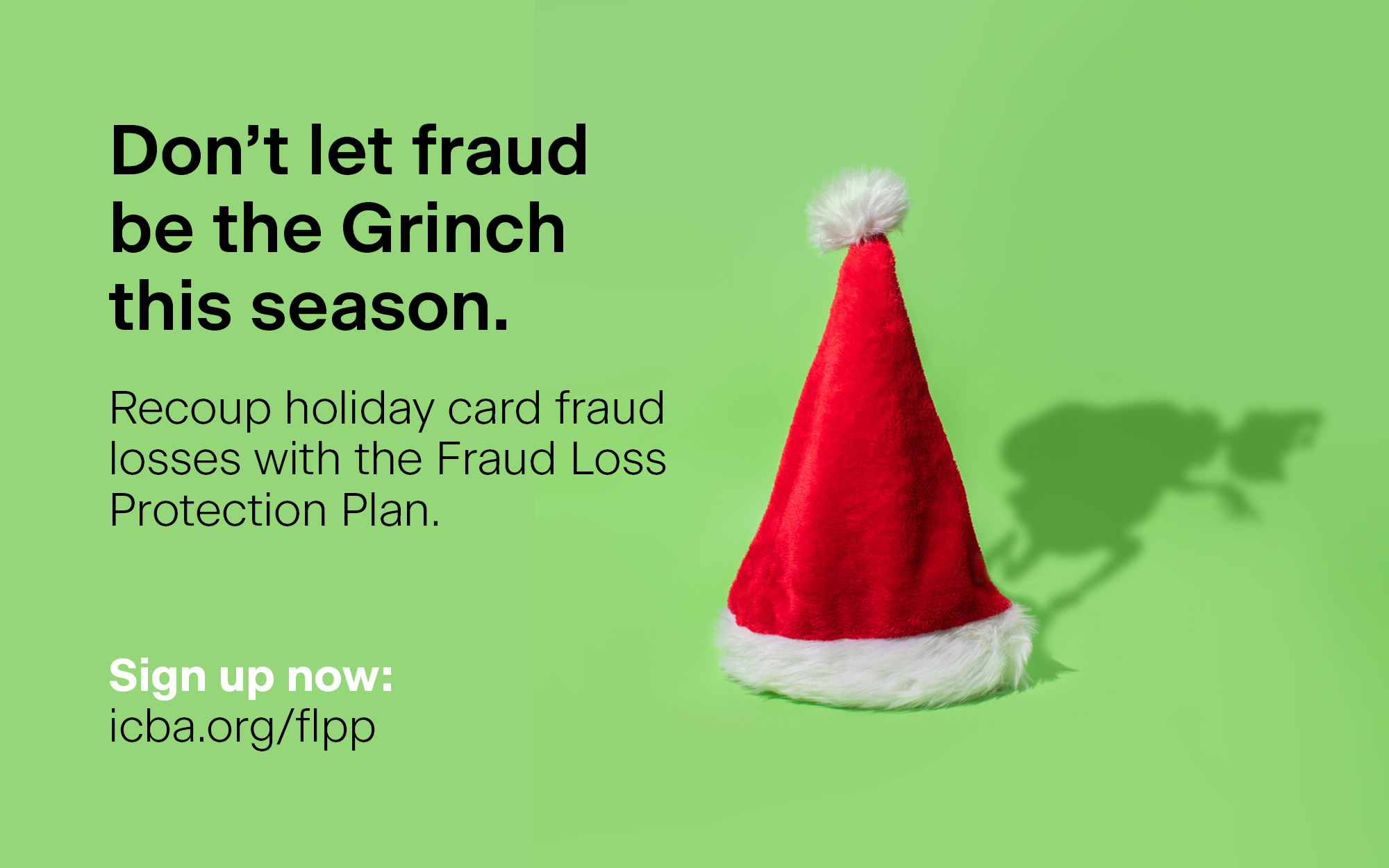FedNow has solidified its place in the banking industry, and now’s the time for community banks to get in on the action. Learn how your bank can ease the instant payments system into its operations.
5 Ways Community Banks Can Take Advantage of FedNow
April 01, 2025 / By Colleen Morrison
FedNow has solidified its place in the banking industry, and now’s the time for community banks to get in on the action. Learn how your bank can ease the instant payments system into its operations.
The FedNow Service, the Federal Reserve’s instant payments system, wrapped up 2024 with more than 1,000 financial institutions participating, and that number continues to climb.
According to the 2024 Conference of State Banking Supervisors (CSBS) Annual Survey of Community Banks, 68% of community banks either are currently offering (24%) or planning to add (44%) FedNow in 2025.
If your community bank is gearing up for instant payments, here are five tips from those who have successfully implemented FedNow, which launched in July 2023.
1. Lean on third-party providers
Outside help can aid implementation for any new technology, and FedNow is no exception.
“Statistically, 95% of FIs are selecting a third-party service provider,” says Mark Majeske, senior vice president of faster payments for payments fintech Alacriti. “For most banks, the entrée into instant payments is the first time they’ve ever offered a 24/7 payment. So, when you look at the organization, it’s not structured for 24/7. That’s why using a third-party service provider helps.”
In addition, third parties have set up efficient platforms to onboard and launch community banks on FedNow with ease. ICBA Payments also offers FedNow through a third party (see sidebar, right).
“Honestly, [going live with FedNow receive] was just like a switch was flipped, and it didn’t make a lot of impact on our daily operations,” says Maegan Taylor, head of operations at $208 million-asset Community Spirit Bank in Red Bay, Ala. “With an established core, it was seamless and pain-free on our side.”
2. Start with receive functionality
Get a taste of FedNow by starting with receive functionality before building toward sending capabilities. Receiving instant payments ensures that customers can get their money more quickly, and it creates minimal risk for your community bank.
“FedNow still does feel a little uncharted for a lot of folks,” says Abhishek Veeraghanta, founder and CEO of faster payments platform Pidgin, an ICBA ThinkTECH Accelerator alumnus. “That’s why we work through the process of helping folks get live, receiving first, then getting live on send. Turning on receive is a relatively risk‑free process.”
3. Develop implementation plans
Plans for implementation should fit your risk tolerance. While receive-only functionality may be relatively low risk, implementing send functionality leads to bigger questions around fraud protections.
Third-party providers are enabling enhanced fraud systems via application programming interfaces (APIs) that can link up with your community bank’s preferred fraud solution.
“With the right tools in place, fraud can be properly controlled,” says Majeske. “It’s about the proactive versus the reactive and making an educated decision before the transaction goes out the door.”
4. Identify use cases that offer value
Implementing FedNow brings with it revenue opportunities. To capitalize on them, community banks are taking a hard look at their client base and which customer segments might most benefit from instant payments.
“Faster payments are becoming the norm,” says Susan Allen, regional retail manager and senior vice president at $565 million-asset Tioga State Bank, N.A., in Spencer, N.Y.
“For example, service workers such as drivers and grocery and meal delivery persons often depend on cashing out their payments quickly,” Allen continues, “and immediate payments provide them that. Customers rely on their banks to facilitate this for them.”
5. Talk to peers
More from ICBA
Ask your peers about their experiences with FedNow implementation at community.icba.org
Community bankers who have already gone through a FedNow implementation can provide an insider’s perspective on what to expect.
“It’s important to engage with others as you go through the implementation,” says Scott Anchin, ICBA’s vice president of senior operational risk and payments policy. “One of the great things we have within the community bank sector is a network of peers. It’s good to make sure you’re communicating across the broader industry about ways to be successful and things to avoid.”
Experts agree that 2025 is the year to make the move to instant payments.
“The time is here to do this,” says Allen. “Our customers are looking for the convenience that instant payments provide, and if their bank doesn’t offer it, they will be seeking a solution elsewhere.”
ICBA Payments partners with Pidgin for FedNow
In July 2024, ICBA Payments announced its partnership with instant payments platform Pidgin to help community banks enable FedNow. As an ICBA ThinkTECH Accelerator alum, Pidgin has honed its offering based on feedback from community banks.
“With our technology stack, all of the core integrations, and the amount of lift that we’ve taken off of community banks’ shoulders, they can pretty seamlessly go from not having any of the framework you need in place for instant payments all the way through to receiving first and then creating a comprehensive send program,” says Abhishek Veeraghanta, Pidgin’s founder and CEO. “[Community banks can do this] through our partnership with ICBA Payments because of not only our technology but also the subject-matter expertise and guidance from the ICBA Payments team.”
For more information on how ICBA Payments can support your community bank’s FedNow implementation, visit icba.org/payments
Subscribe now
Sign up for the Independent Banker newsletter to receive twice-monthly emails about new issues and must-read content you might have missed.
Sponsored Content
Featured Webinars
Join ICBA Community
Interested in discussing this and other topics? Network with and learn from your peers with the app designed for community bankers.
Subscribe Today
Sign up for Independent Banker eNews to receive twice-monthly emails that alert you when a new issue drops and highlight must-read content you might have missed.
News Watch Today

Join the Conversation with ICBA Community
ICBA Community is an online platform led by community bankers to foster connections, collaborations, and discussions on industry news, best practices, and regulations, while promoting networking, mentorship, and member feedback to guide future initiatives.










